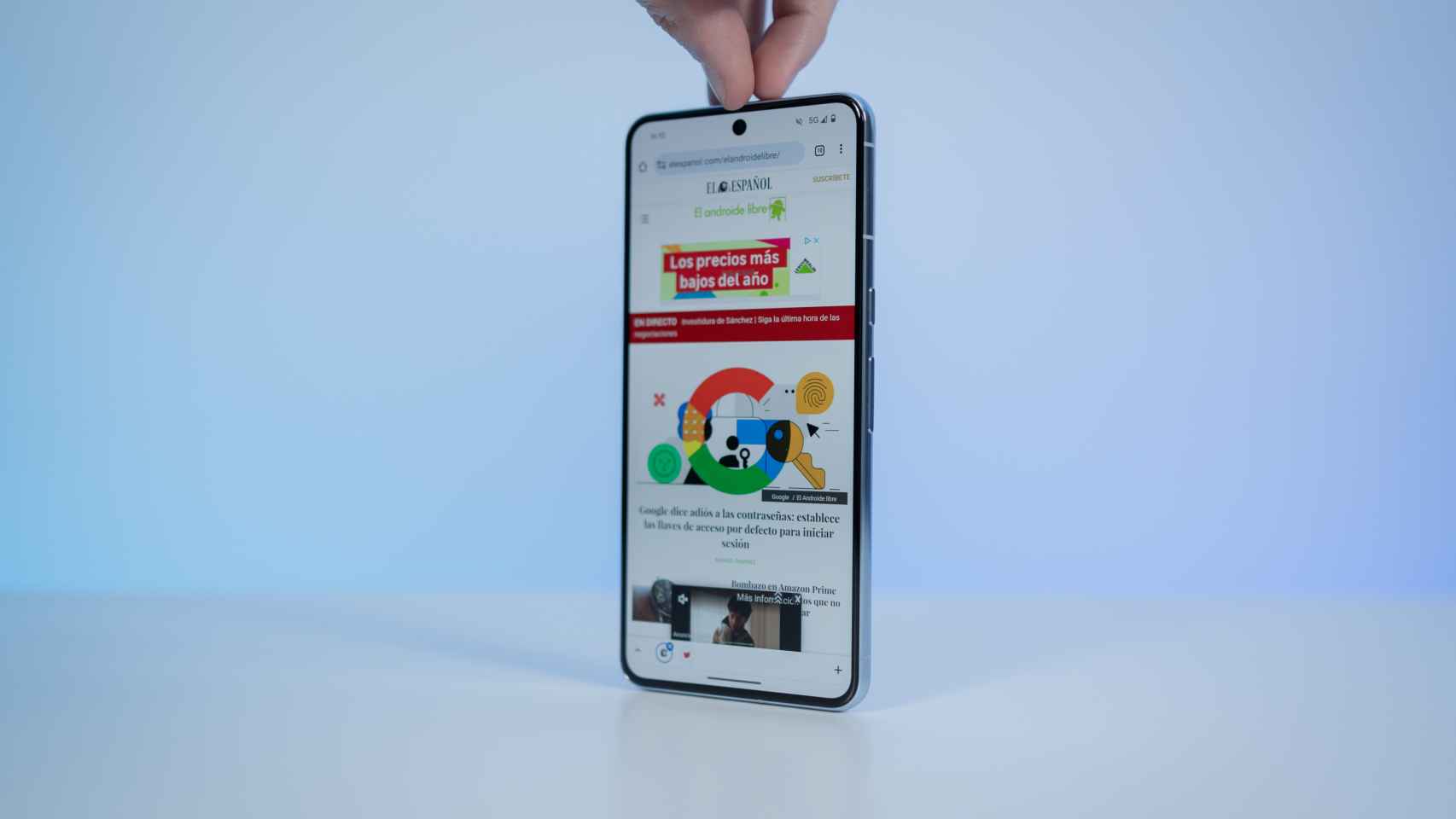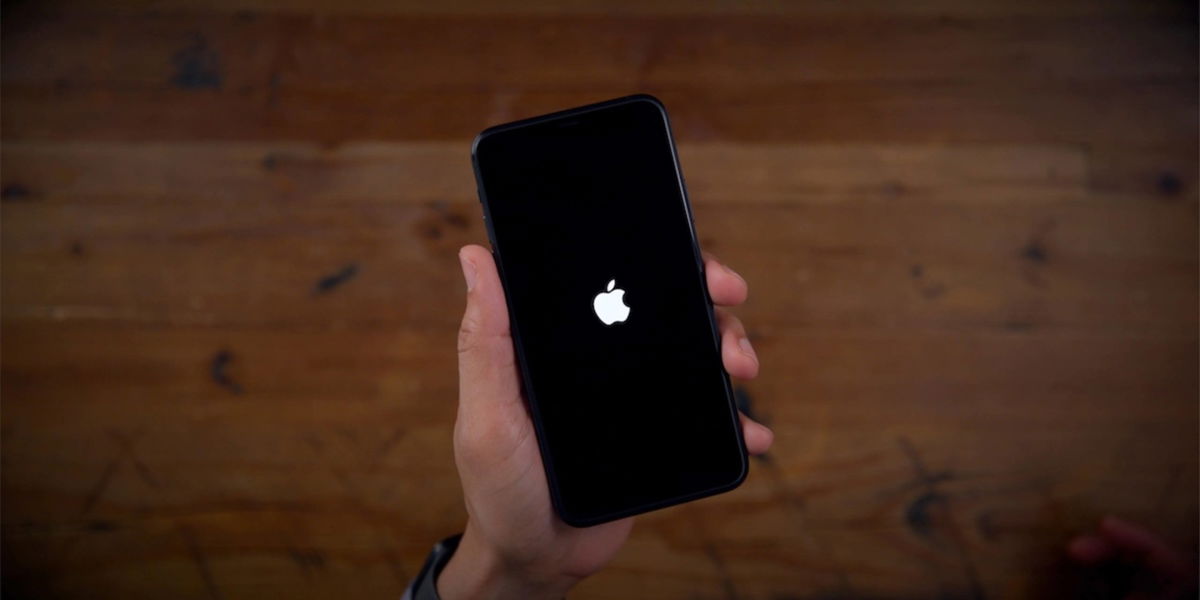Little by little, Android 15 gains so many new features that it has the potential to become one of the most important operating system releases in recent years. Although it has not yet been officially presented by Google, work on the code is already well advanced and reveals secrets such as the return of widgets to the lock screen, one of the most requested functions by users. users.
In fact, it seems that with Android 15 Google’s goal is to respond to requests from users, who have been asking for improvements or directly copying certain aspects of the iPhone for years. Whether we like it or not, there is no denying that Apple’s system is still better in some areas, but Android has more potential to change and adapt to user tastes, as we will see in the next update .
For example, now Michael Rahman revealed that Android 15 will be able to force apps to take up all screen space; In other words, the content of the application will extend to all sides and edges, leaving no area unused. It’s one of those things that doesn’t seem important, and the reader is probably wondering if it really matters; but anyone who has used an iPhone and an Android phone consecutively will know what we’re talking about.
On iOS, apps are not “clustered” into a limited area, but rather distributed into areas that are normally limited to the operating system on Android. We are talking, for example, about the lower area with the navigation bar; In most Android apps, this bar is black or gray and cannot be used to display content of the page we are visiting, for example. Likewise, the top area, the status bar which displays notification icons, is not used by applications and remains dark in color. On iOS, both areas are used by apps: the lower part is used to display more content and the upper part is usually the same color as the app.
What may shock many people is that, in fact, Android already allows this behavior, and there are no technical limitations for applications not to do this; It’s just that most apps haven’t been updated with the necessary changes to use these areas like on iOS. The change that Android 15 may bring is that the system will force apps to use the entire screen, and therefore this will no longer be optional.
How Android apps are displayed (above) and how they will be displayed (below)
More specifically, the key lies in which version of the Android API the app will use; The API is a set of commands and tools that developers can use to create applications (for example, to use features such as the camera). Apps that want to take advantage of the benefits of Android 14, such as memory and battery management, should use API version 34; and in the same way, applications that want to take advantage of the benefits of Android 15 will have to use version 35 of the API. However, if they decide to do so, must use the functions so that your applications take up all the screen space.
To this it must be added that Google is increasing the requirements for periodically uploading an application to the Play Store; and therefore, for August 31, 2025, all apps will need to support Android 15, and in theory, most apps will need to use the entire screen like on iOS. The only exception is applications whose operation is affected by the use of this space (for example, the presence of buttons in this area).
This may interest you
Follow topics that interest you









